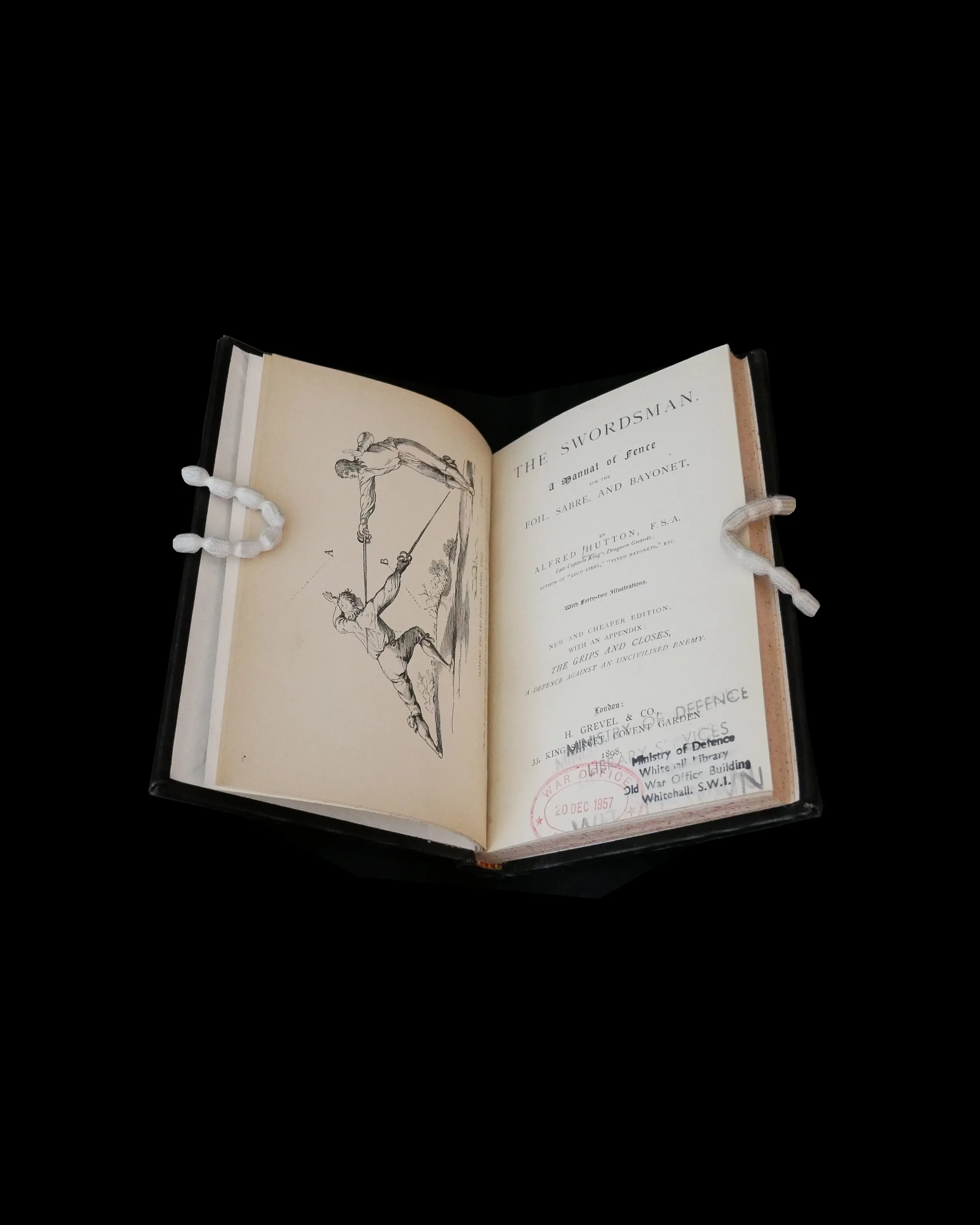 Image 1 of 12
Image 1 of 12

 Image 2 of 12
Image 2 of 12

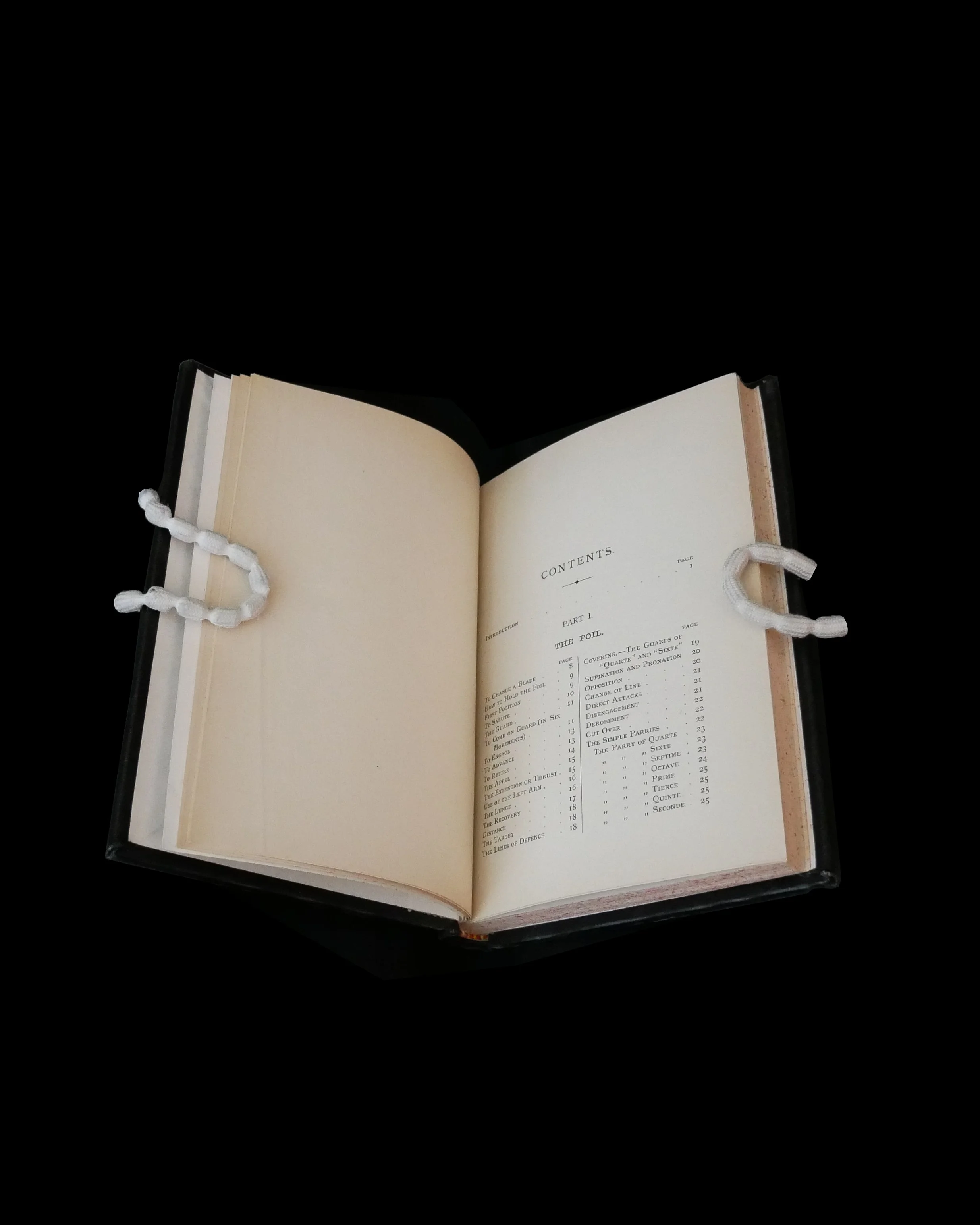 Image 3 of 12
Image 3 of 12

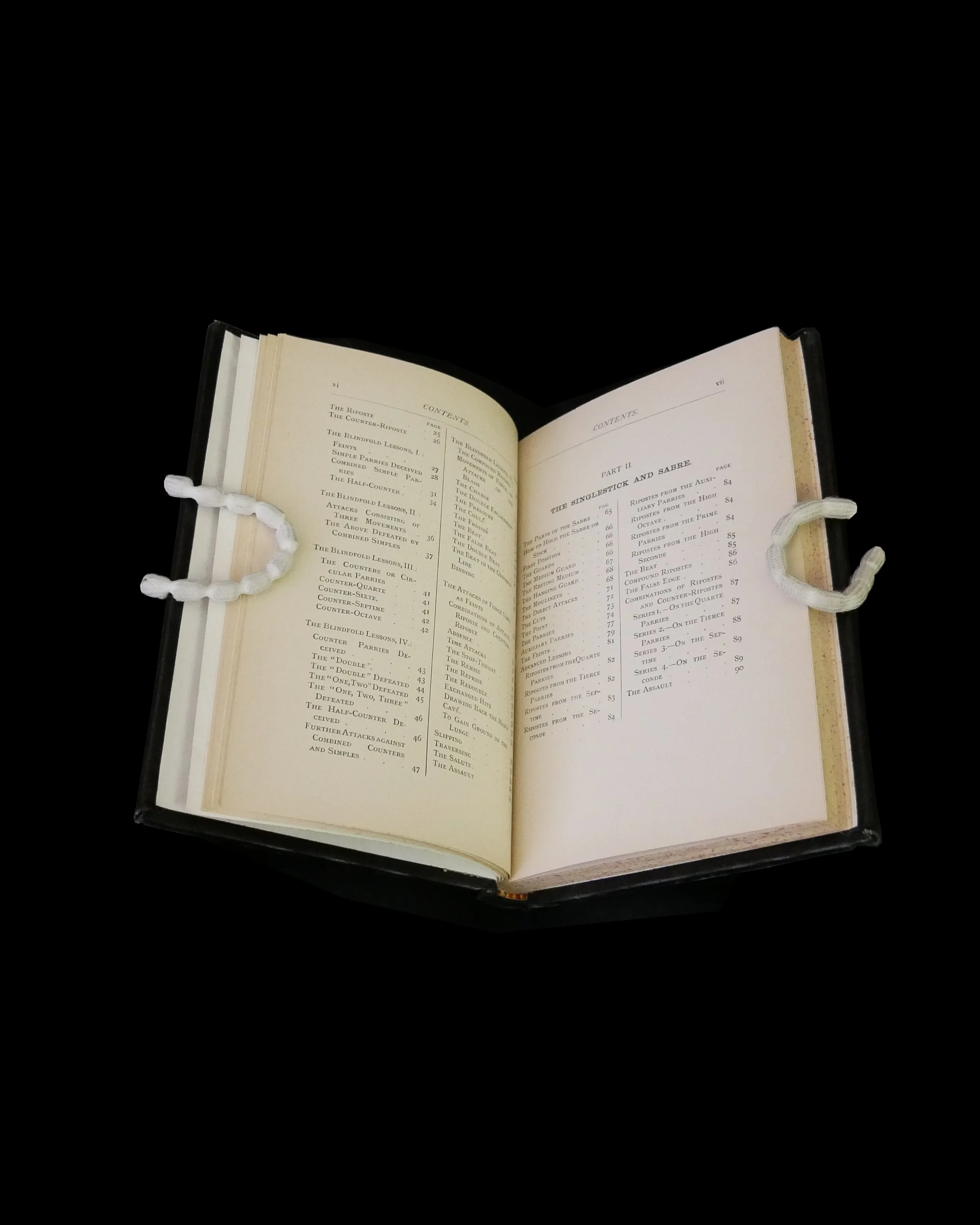 Image 4 of 12
Image 4 of 12

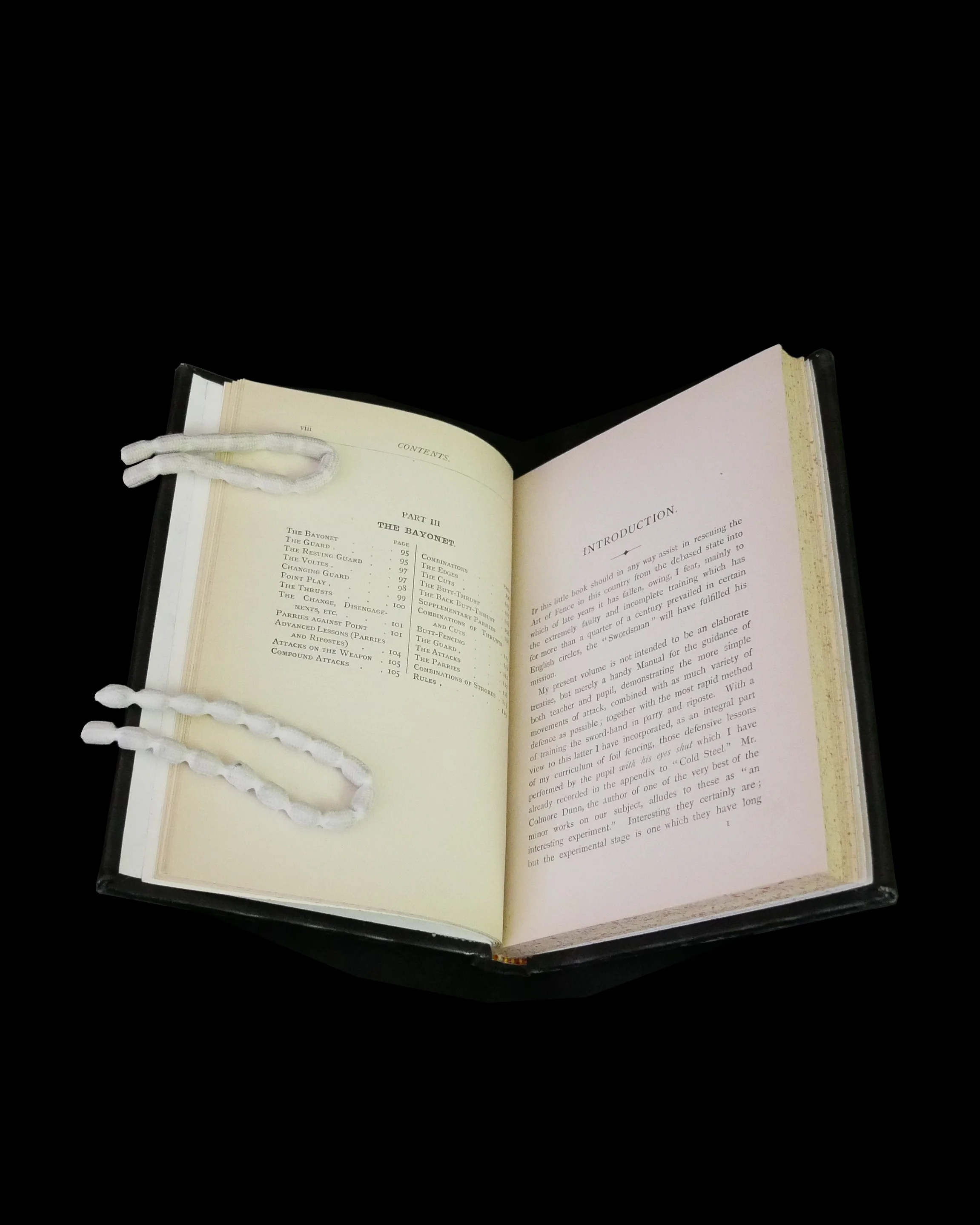 Image 5 of 12
Image 5 of 12

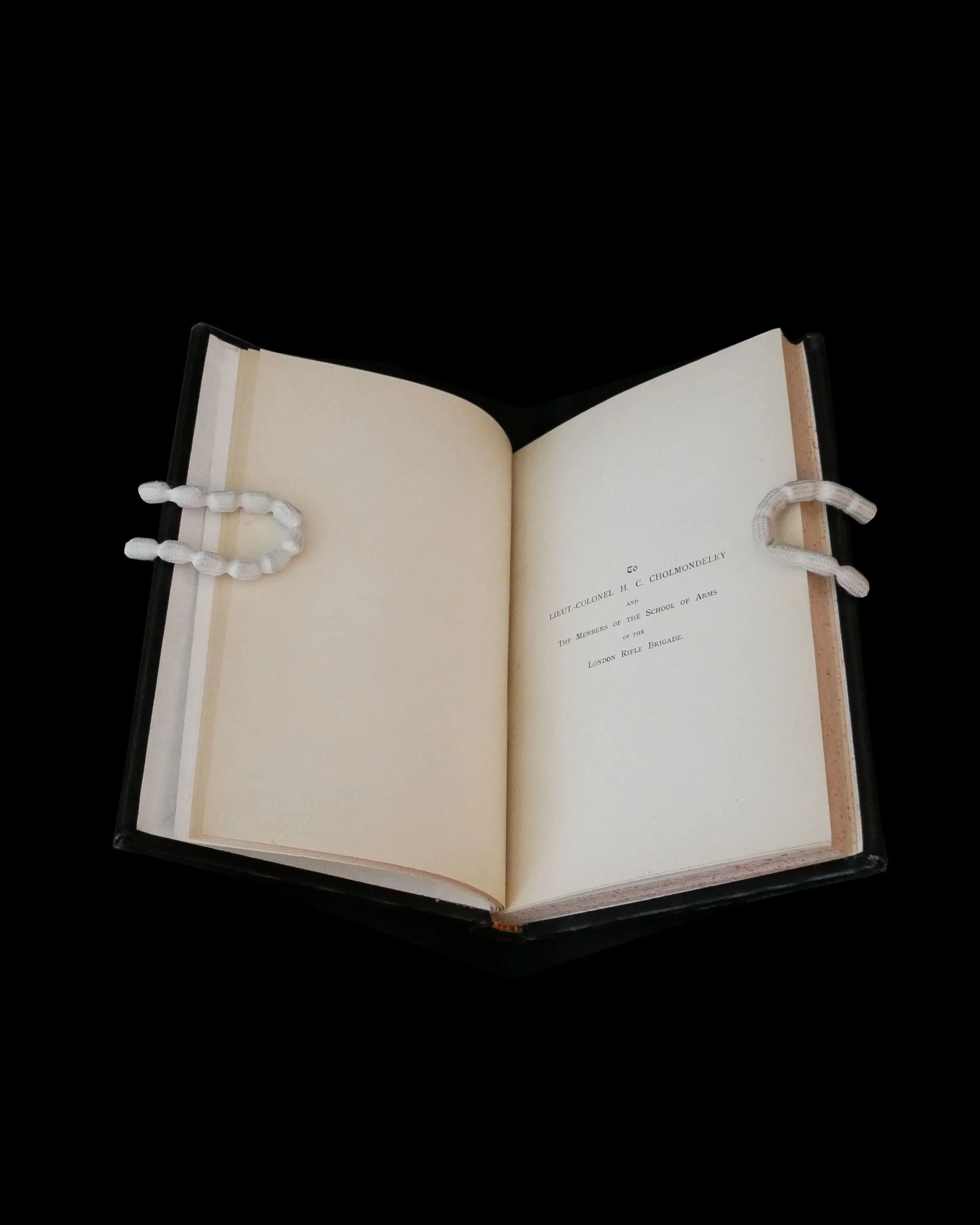 Image 6 of 12
Image 6 of 12

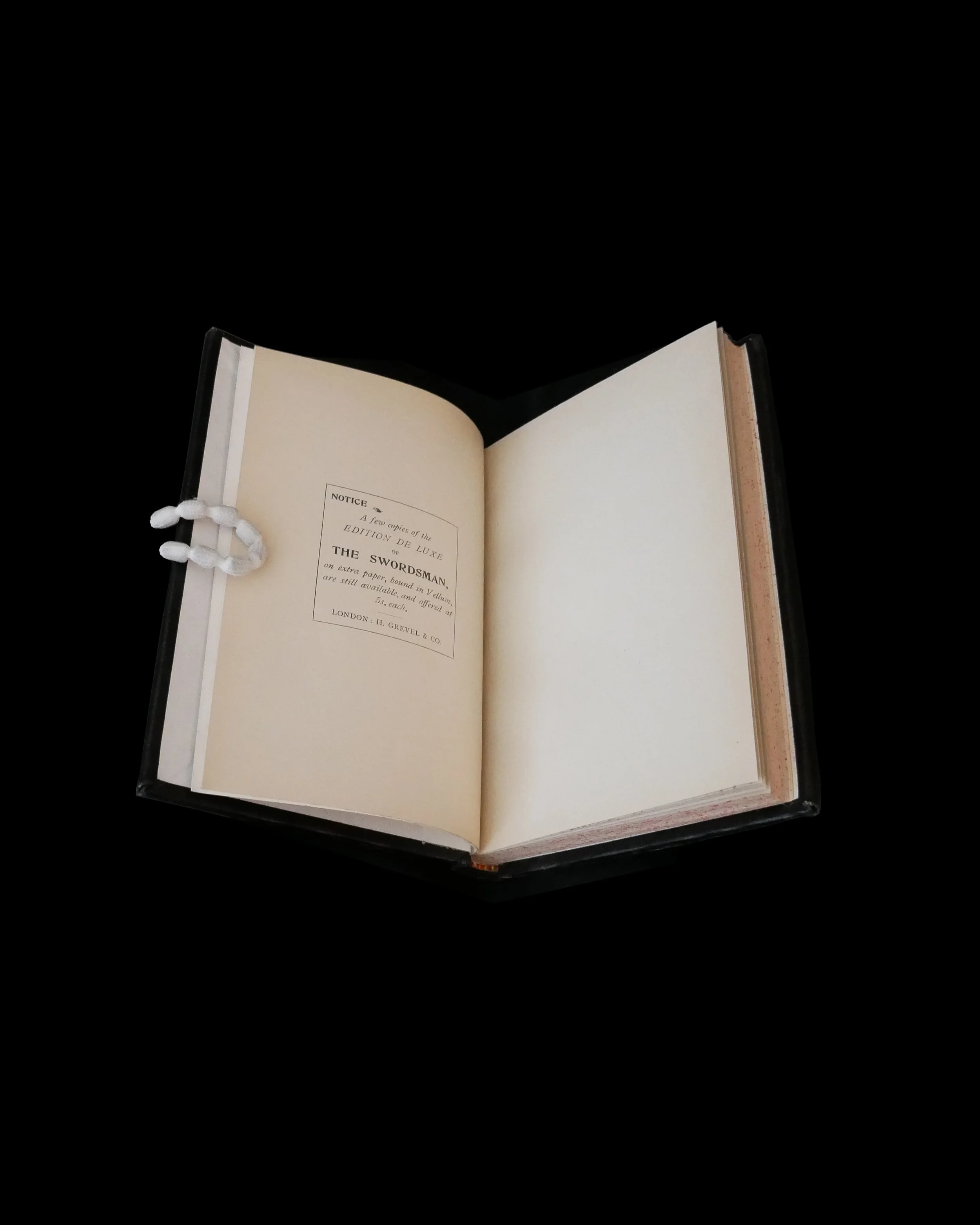 Image 7 of 12
Image 7 of 12

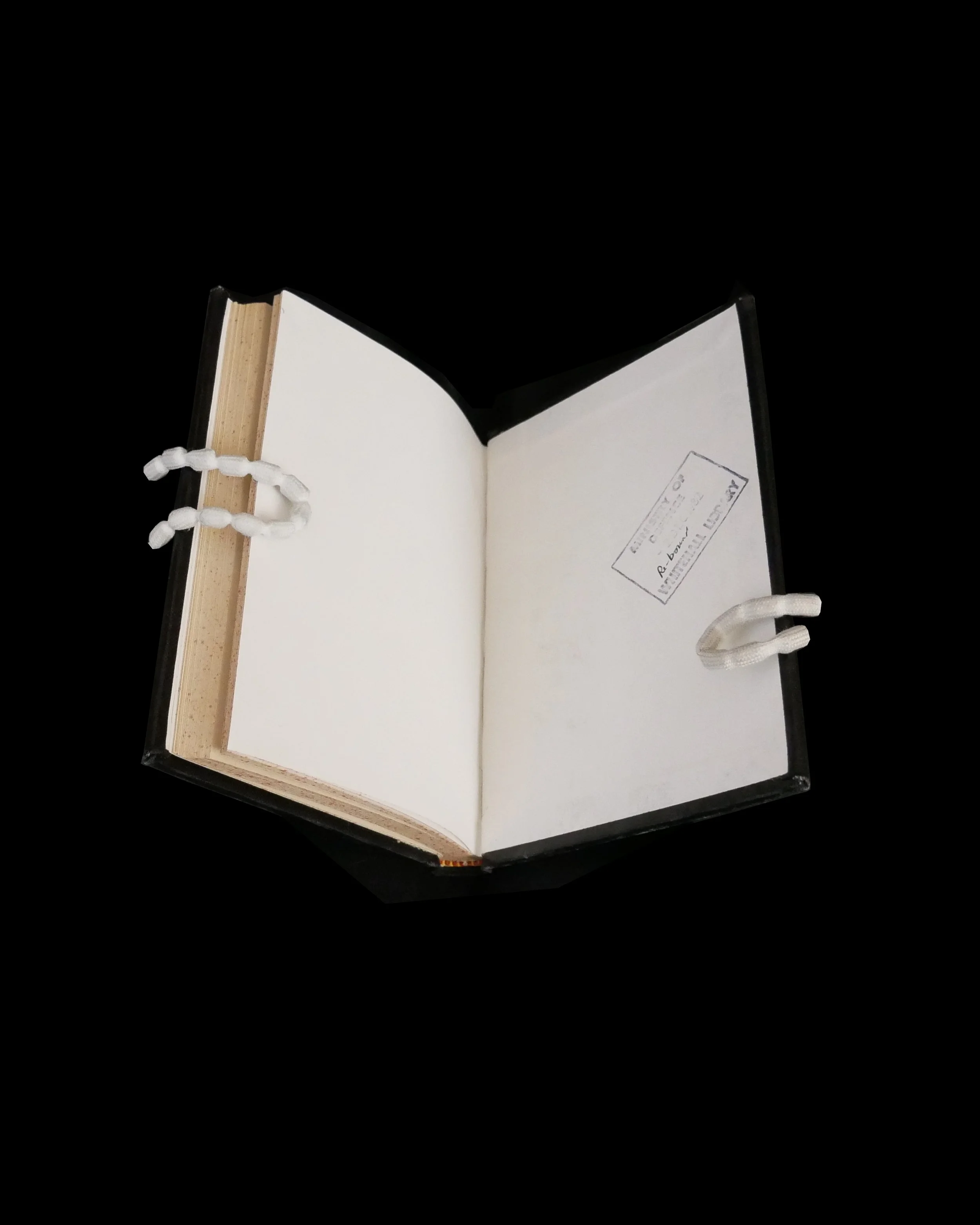 Image 8 of 12
Image 8 of 12

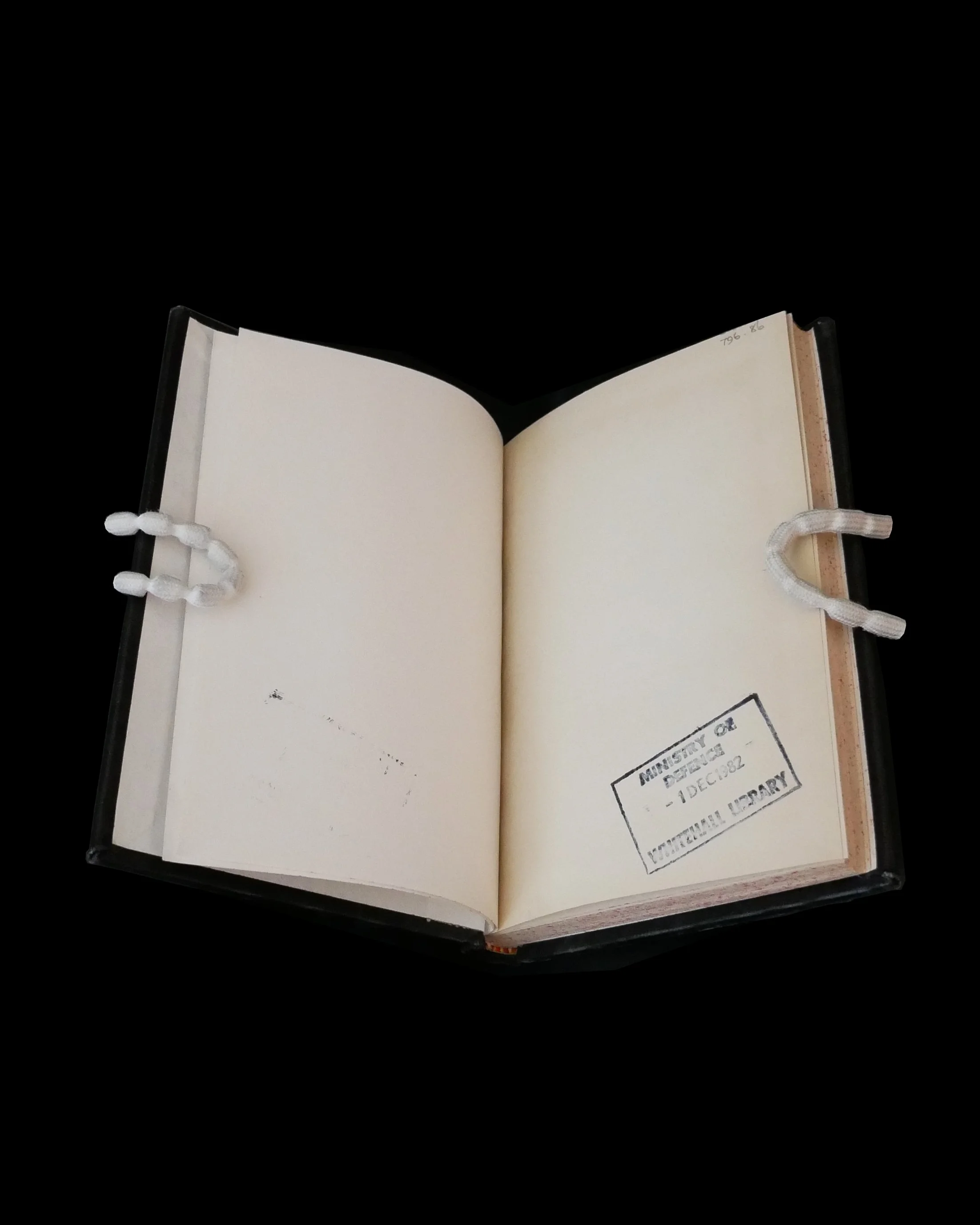 Image 9 of 12
Image 9 of 12

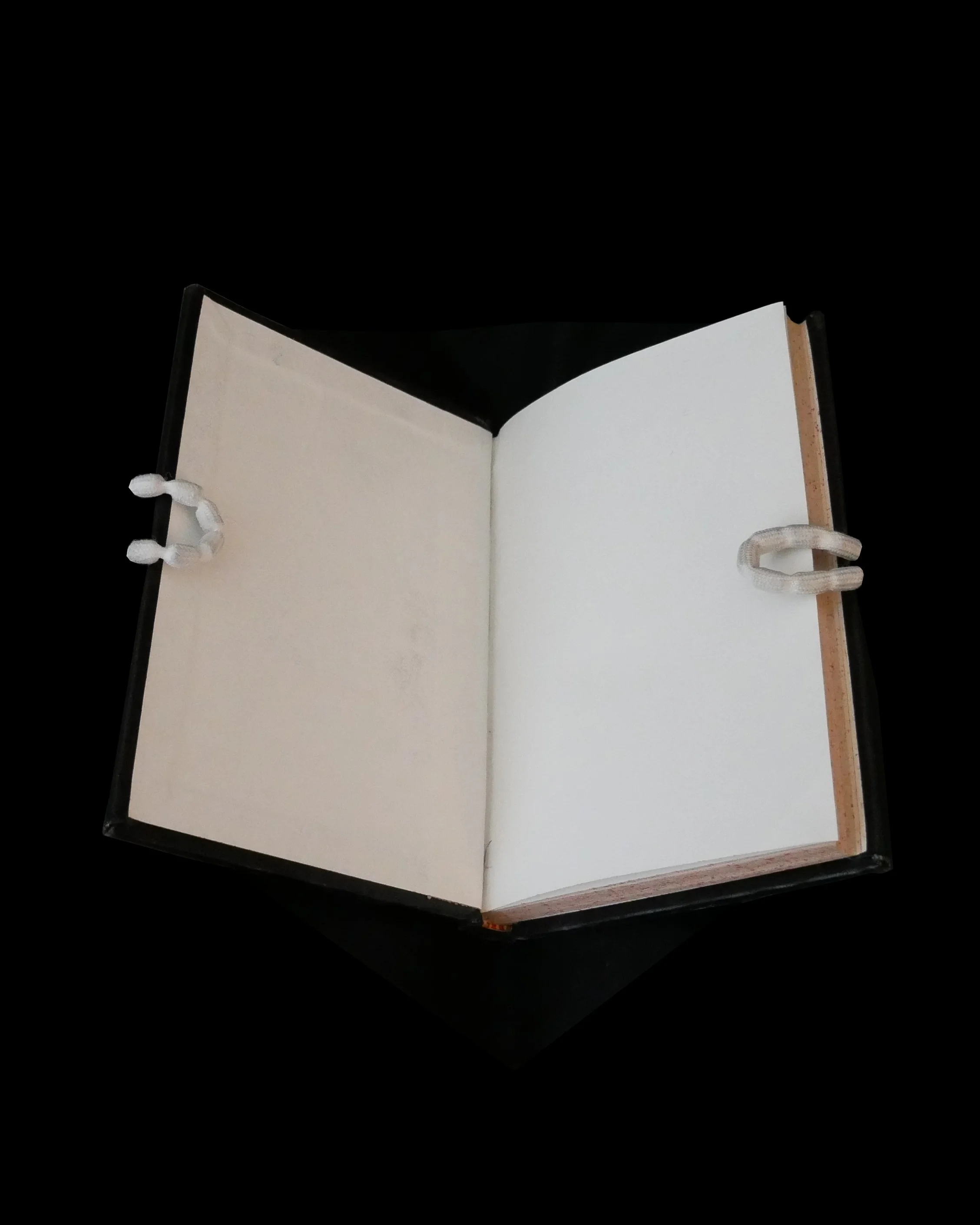 Image 10 of 12
Image 10 of 12

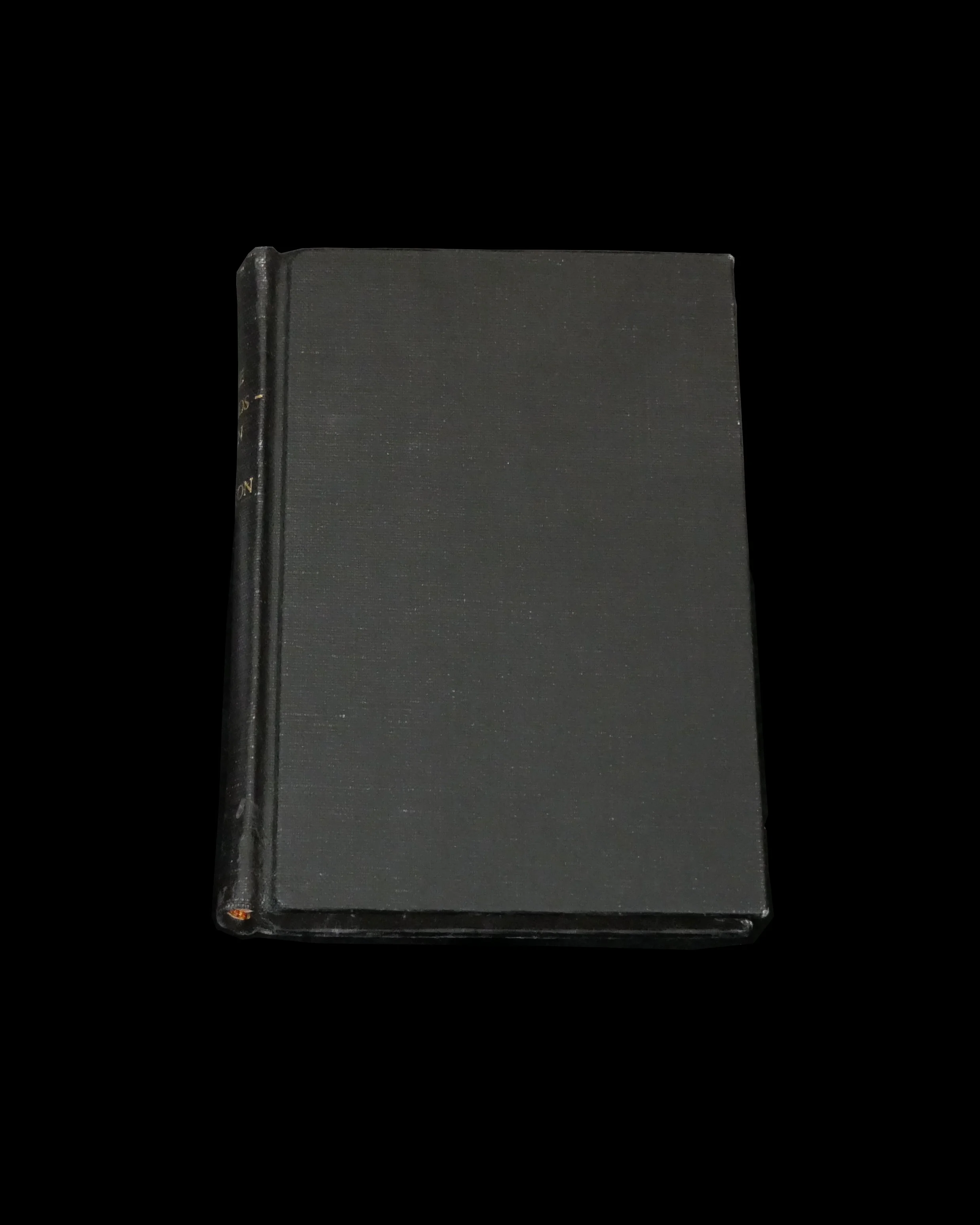 Image 11 of 12
Image 11 of 12

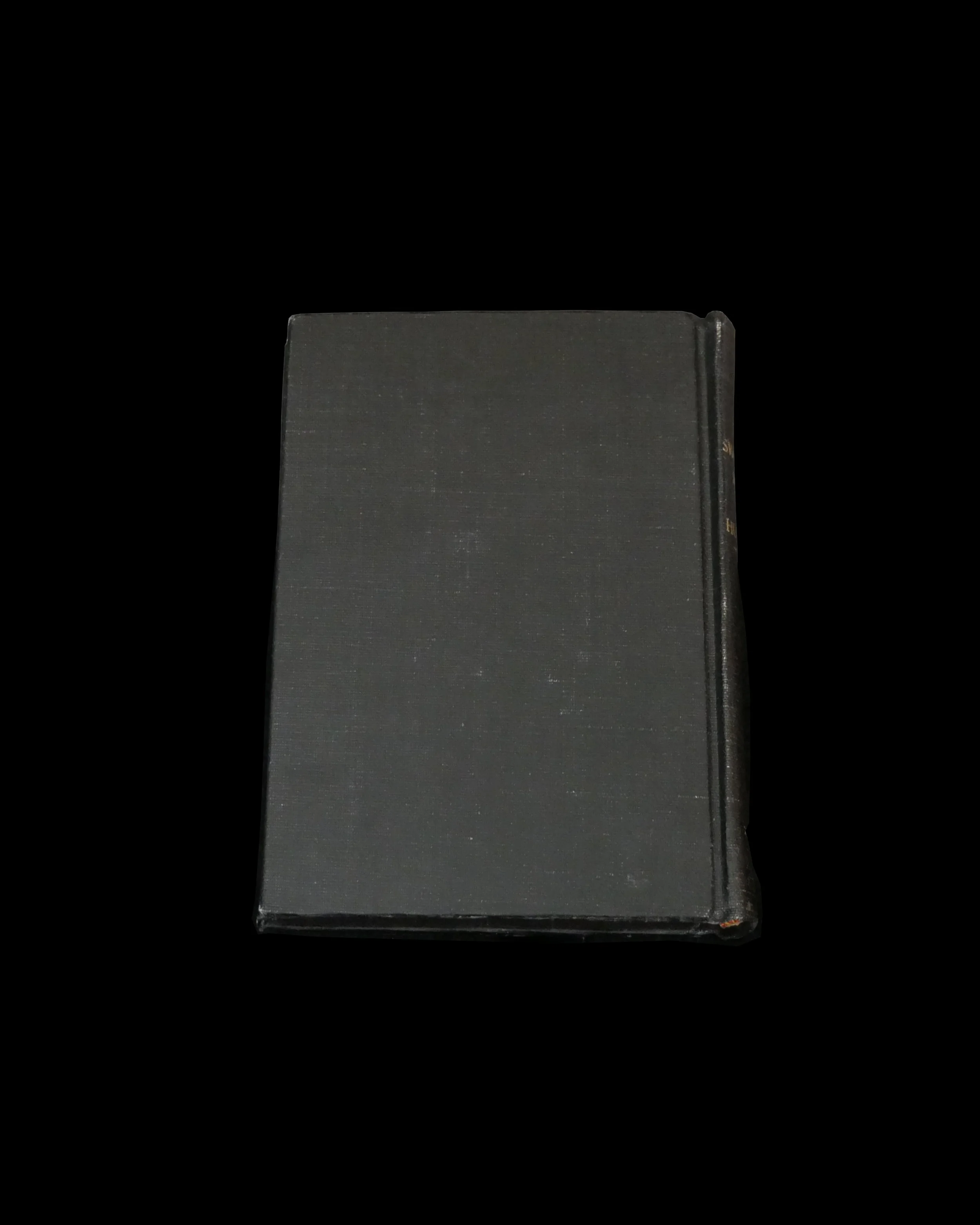 Image 12 of 12
Image 12 of 12













The Swordsman, Alfred Hutton
A Manual of Fence for the Foil, Sabre, and Bayonet. With an Appendix Consisting of a Code of Rules for Assaults, Competitions. By Alfred Hutton, new and revised edition published 1898
Rebound black buckram binding, tight binding but the text can be read comfortably. Ministry of Defense Whitehall library stamp on original flyleaf, with additional stamps on the endpaper. MOD War Office stamp on pg134 under the index and multiple overlapping library stamps as well as a withdrawn stamp on the title page. Text block is in excellent condition with no staining, foxing, or tears. The rear paste down is stamped for Whitehall showing the book was rebound in 1982.
A 19th century manual of fencing tactics designed to rescue the noble art of swordsmanship that the author considers has been debased. Hutton and Matthey were two of the earliest pioneers of what we now call historical fencing (HEMA). They proposed to incorporate older battlefield techniques into the combat systems of their day, most famously adapting George Silver's 'grips and closes' (from 1599) to the British infantry officer's sword of the 1890s. They were primarily concerned with equipping British soldiers with a simple system that would work in service conditions, in uniforms and boots, on rough ground and against opponents who would use all manner of weapons in 'uncivilized' ways. They championed a more relaxed system with less extended guards, and a more conservative lunge with the body upright
"The Swordsman" is an instruction book in the use if foil, sabre (and single stick), and late 19th century bayonet. Drills and movements are well outlined and explained, with accompanying illustrations. Surprisingly much of the practice of the foil is to be executed while blindfolded. The intent is to refine the 'sentiment du fer', literally "the feel of the steel", but better translated as "feel of the blade". The sabre section is not as comprehensive as Hutton's complimentary work Cold Steel, covering only the essential elements. The final section covers 19th century rifle and sword bayonet. And reflects the influence of fencing on bayonet instruction, and paid attention to lines, pronation and supination, and the fencers' numbered cuts.
Author of the famous Cold Steel and Fixed Bayonets, Hutton served in the Cameron Highlanders, 7th Hussars and the 1st King's Dragoon Guards, retiring in 1873. Throughout his career he was a strong advocate of better swordsmanship in the Army. Originally training fencing under Henry Angelo, he continued under his successor William McTurk
A Manual of Fence for the Foil, Sabre, and Bayonet. With an Appendix Consisting of a Code of Rules for Assaults, Competitions. By Alfred Hutton, new and revised edition published 1898
Rebound black buckram binding, tight binding but the text can be read comfortably. Ministry of Defense Whitehall library stamp on original flyleaf, with additional stamps on the endpaper. MOD War Office stamp on pg134 under the index and multiple overlapping library stamps as well as a withdrawn stamp on the title page. Text block is in excellent condition with no staining, foxing, or tears. The rear paste down is stamped for Whitehall showing the book was rebound in 1982.
A 19th century manual of fencing tactics designed to rescue the noble art of swordsmanship that the author considers has been debased. Hutton and Matthey were two of the earliest pioneers of what we now call historical fencing (HEMA). They proposed to incorporate older battlefield techniques into the combat systems of their day, most famously adapting George Silver's 'grips and closes' (from 1599) to the British infantry officer's sword of the 1890s. They were primarily concerned with equipping British soldiers with a simple system that would work in service conditions, in uniforms and boots, on rough ground and against opponents who would use all manner of weapons in 'uncivilized' ways. They championed a more relaxed system with less extended guards, and a more conservative lunge with the body upright
"The Swordsman" is an instruction book in the use if foil, sabre (and single stick), and late 19th century bayonet. Drills and movements are well outlined and explained, with accompanying illustrations. Surprisingly much of the practice of the foil is to be executed while blindfolded. The intent is to refine the 'sentiment du fer', literally "the feel of the steel", but better translated as "feel of the blade". The sabre section is not as comprehensive as Hutton's complimentary work Cold Steel, covering only the essential elements. The final section covers 19th century rifle and sword bayonet. And reflects the influence of fencing on bayonet instruction, and paid attention to lines, pronation and supination, and the fencers' numbered cuts.
Author of the famous Cold Steel and Fixed Bayonets, Hutton served in the Cameron Highlanders, 7th Hussars and the 1st King's Dragoon Guards, retiring in 1873. Throughout his career he was a strong advocate of better swordsmanship in the Army. Originally training fencing under Henry Angelo, he continued under his successor William McTurk
